Explanation
The Gimpo Tea Etiquette Museum is a private museum where visitors can learn about the history of Korea’s tea culture, dado, meaning tea ceremony in Korea. Approximately 3,000 tea ceremony utensils are on display within the museum, and outside lies a sculpture park and an open-air installation art museum. The museum also has various auxiliary facilities for holding cultural events and performances. There is a pond, a spacious lawn, and a pavilion where visitors can learn about Korea’s traditional culture and ethics in a natural setting.
Inquiry
+82-31-998-1000
Homepage
Information Use
Capacities : 1,000 people
Contact and Information : • 1330 Travel Hotline: +82-2-1330
(Korean, English, Japanese, Chinese)
• For more info +82-31-998-1000
Parking facilities : Available
Parking Fees : Free
Day off : Mondays
Charges : [Adults]
Individuals 5,000 won / Groups 4,000 won
[Students]
Individuals 4,000 won / Groups 3,000 won
[Infants/Toddlers]
Individuals 3,000 won / Groups 2,000 won
* Groups of 20 people or more
Hours : March-October 10:00-18:00
November-February 10:00-17:00
Scale : Land area 33,058 ㎡
Building area 347 ㎡
More information
Collections Status
* Ceramics: White porcelain, celadon porcelain, earthenware, etc.
* Metal exhibits: Brazier, cooking stove, rouge container, etc.
* Paintings and writings: Dongdasong folding screen that depicts a tea ceremony; folding screen portraying flowers; engraved seal, etc.
* Woodenware: Small table for refreshments to be served in a boudoir; small table for refreshments used by male scholars; octagonal table; yeonsang table; flat bench made from white paulownia tree, etc.
* Embroidery: Embroidered uigeori wardrobe (pair), wardrobe embroidered with flowers (pair), box, chest of drawers, square table, etc.
Program Information
* Tea ceremony experience: Individual tea ceremony table (hands-on experience of how to brew and drink tea), and a comparison of the tea ceremonies of Korea, China and Japan.
* Traditional folk games: Tuho (throwing sticks into a barrel), yut (board game), jegi (playing shuttlecock with the feet), neol (seesawing), rolling a hoop, making dasik (pattern-pressed candy), etc.
* Korean culture: Learn how to bow and how to wear traditional Korean clothes and accessories.
* Coming-of-age ceremony: Experience coming-of-age-ceremonies for boys and girls, and compare the ceremonies of the past and present
* Wedding culture: Wear traditional wedding clothes (men-officials’ garb and hat, women-wonsam dress, headpiece, hwarot dress, etc.) and experience a traditional wedding ceremony.
* Preparing ancestral memorial service tables: Learn how to prepare a table for ancestral memorial service for lunar New Year’s Day and Chuseok (harvest holiday) and the differences between holiday tables and memorial service tables.
Industry Information
1) Exhibition – Special exhibitions in addition to the permanent exhibition of tea ceremony utensils.
2) Event – Cultural exchange among Korea, China, and Japan; Lotus Festival; outdoor tea ceremony; hands-on experience, etc.
3) Education – Dado Museum’s culture university, classes in etiquette and tea ceremony.
4) Free education and special lecture – Special lectures on ‘etiquette and tea ceremony’ and ‘how to prepare a table for the ancestral memorial service for lunar New Year’s Day and Chuseok’ are held during summer and winter vacations.
Reservations
Available via phone call +82-31+998+1000
Location
187-49, Aegibong-ro 275beon-gil, Gimpo-si, Gyeonggi-do
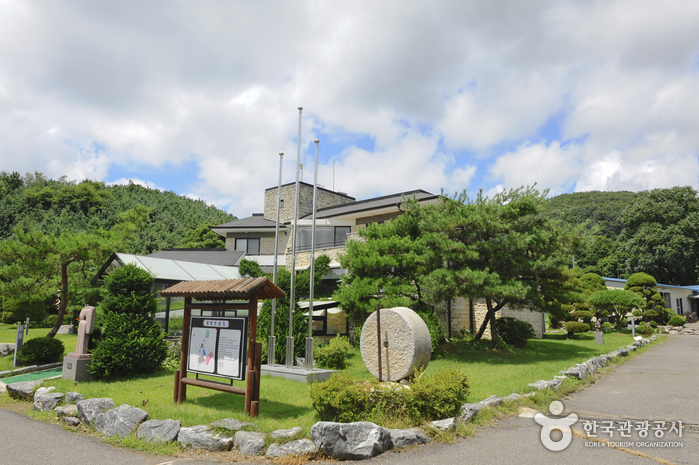
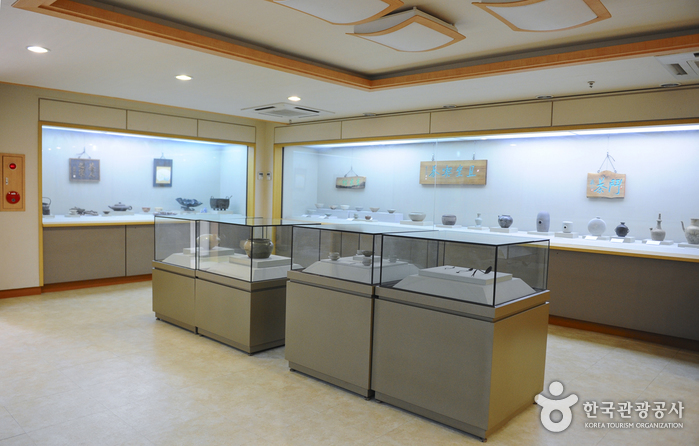
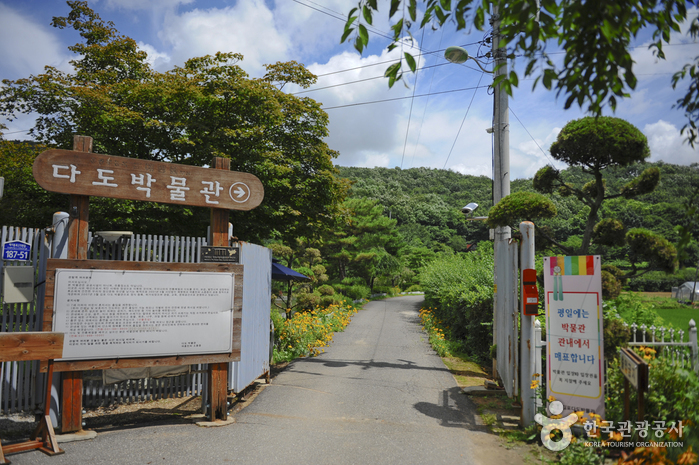
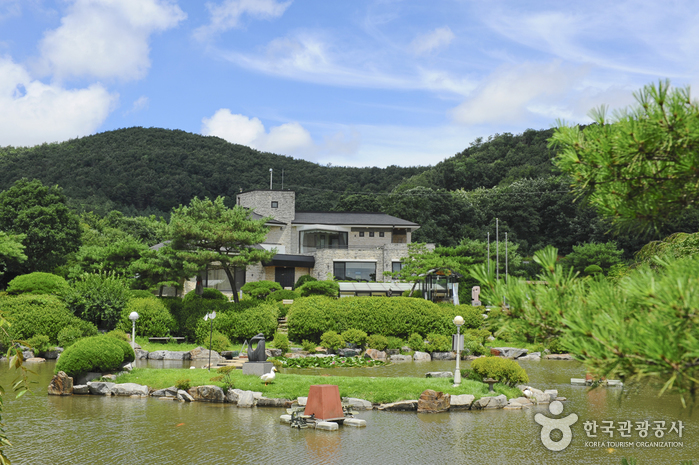
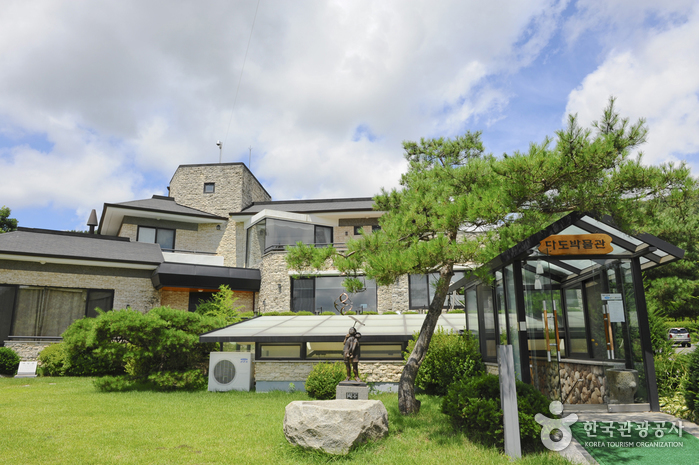
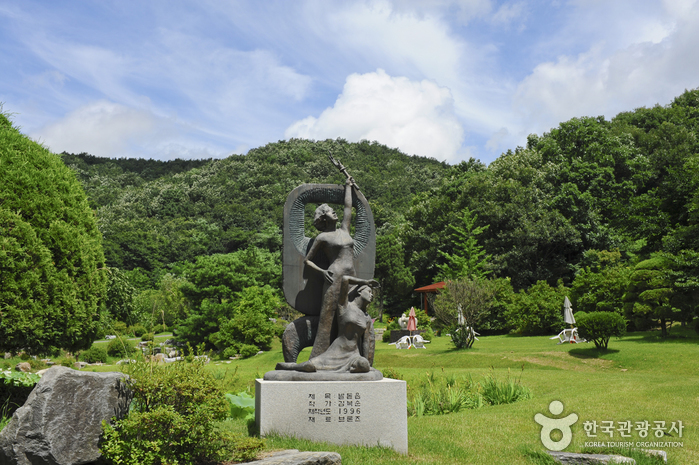
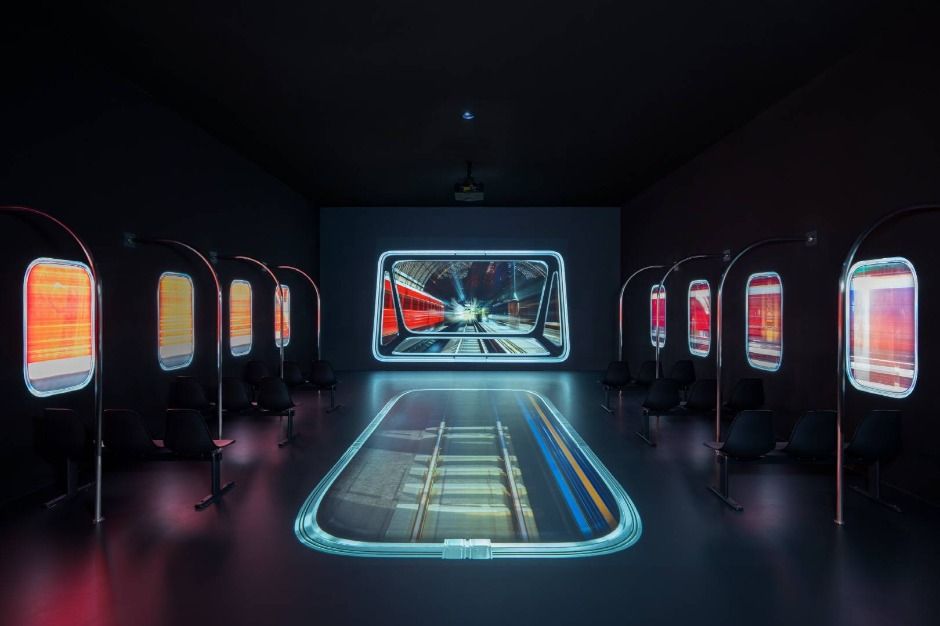
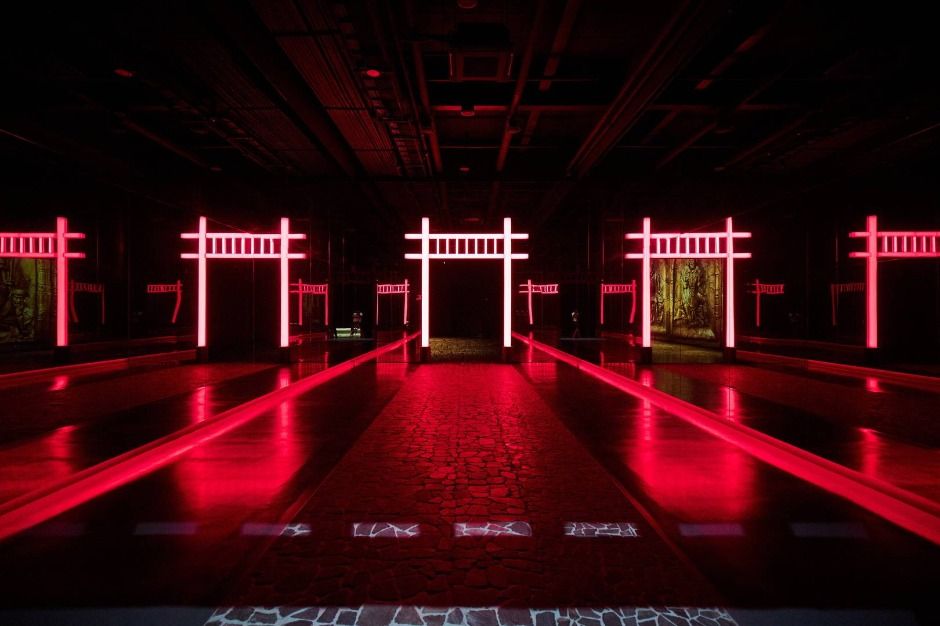
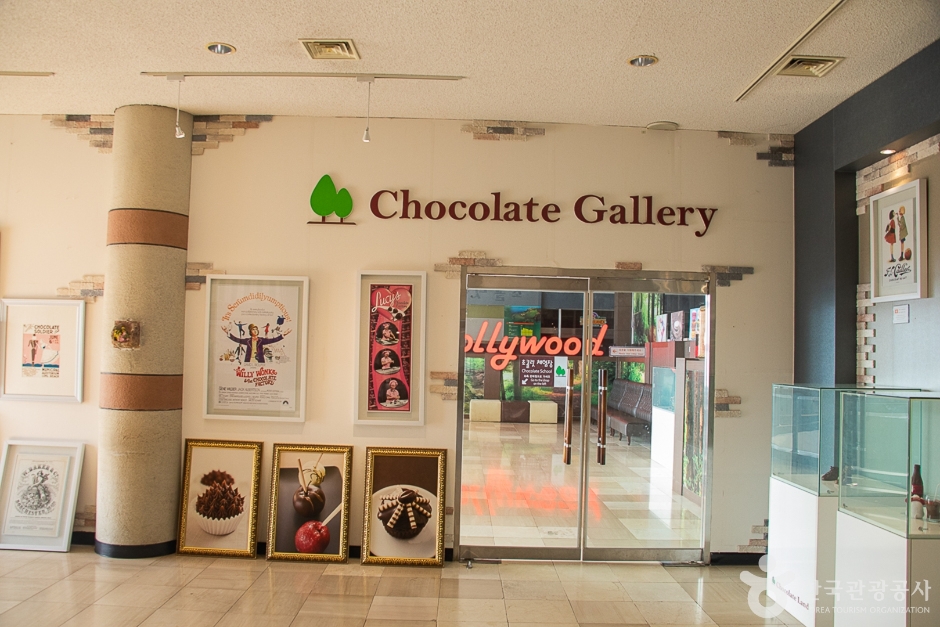
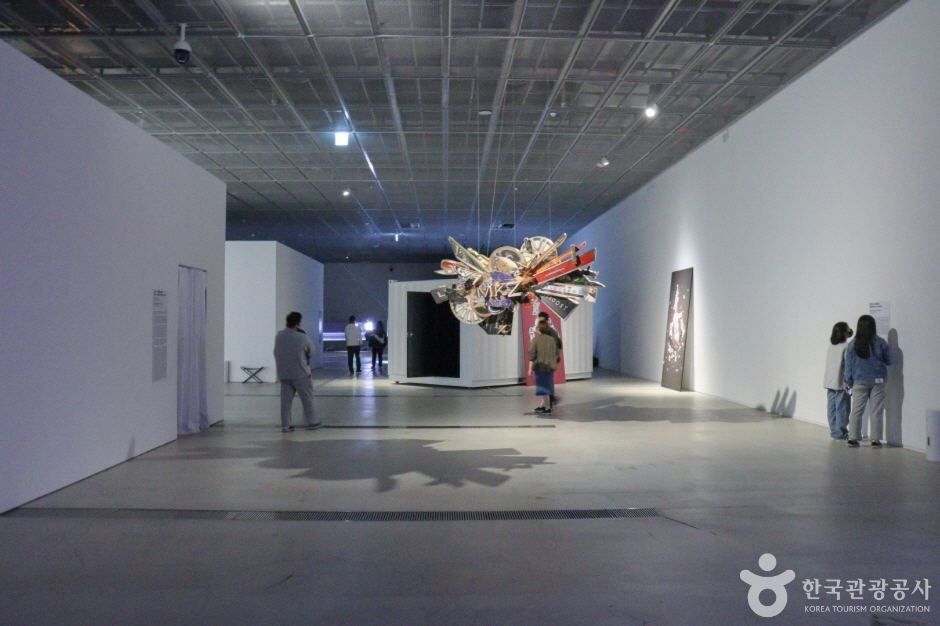
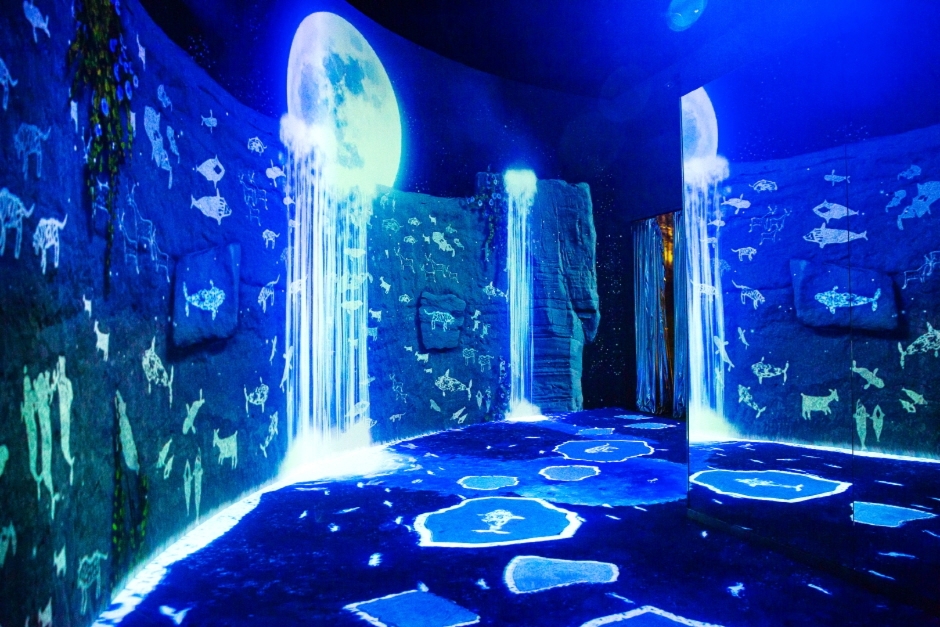
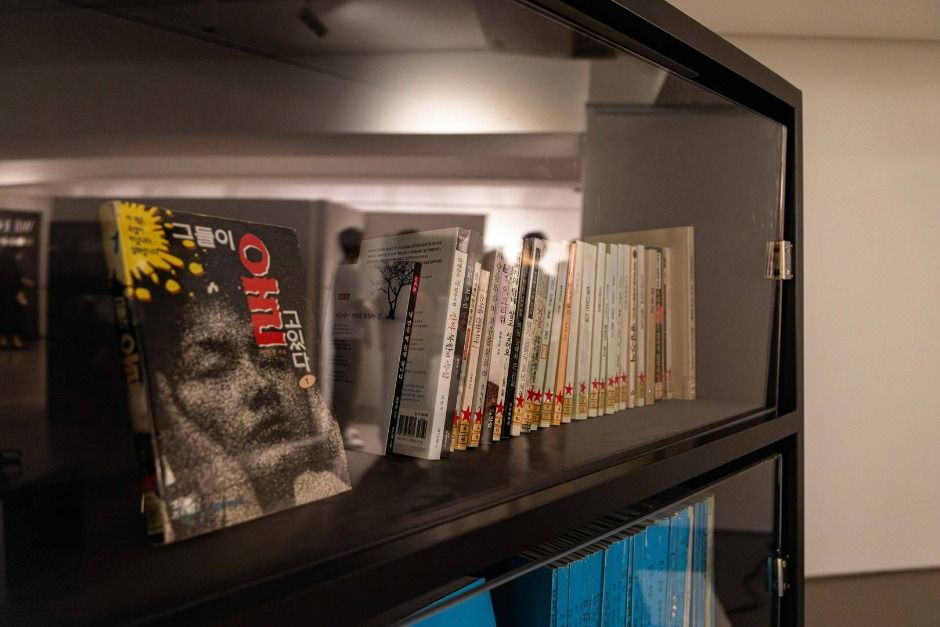
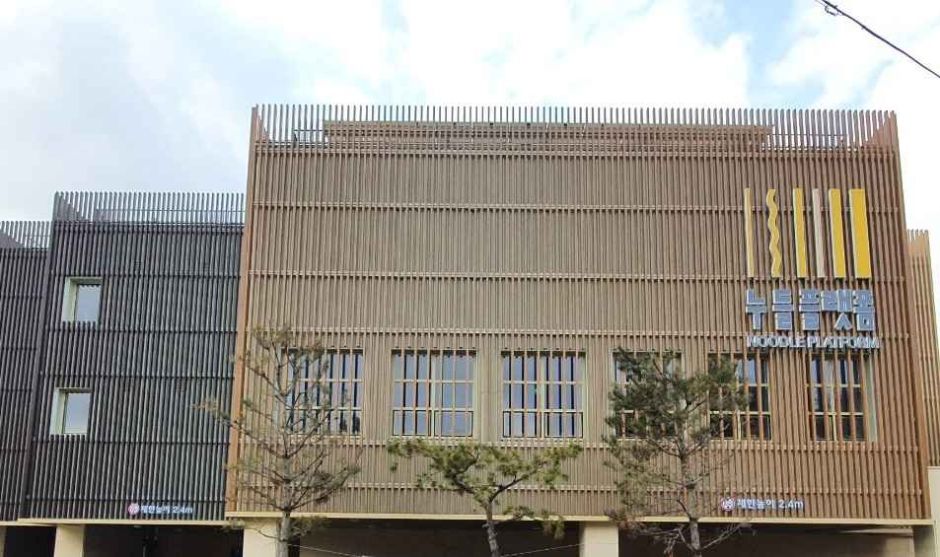
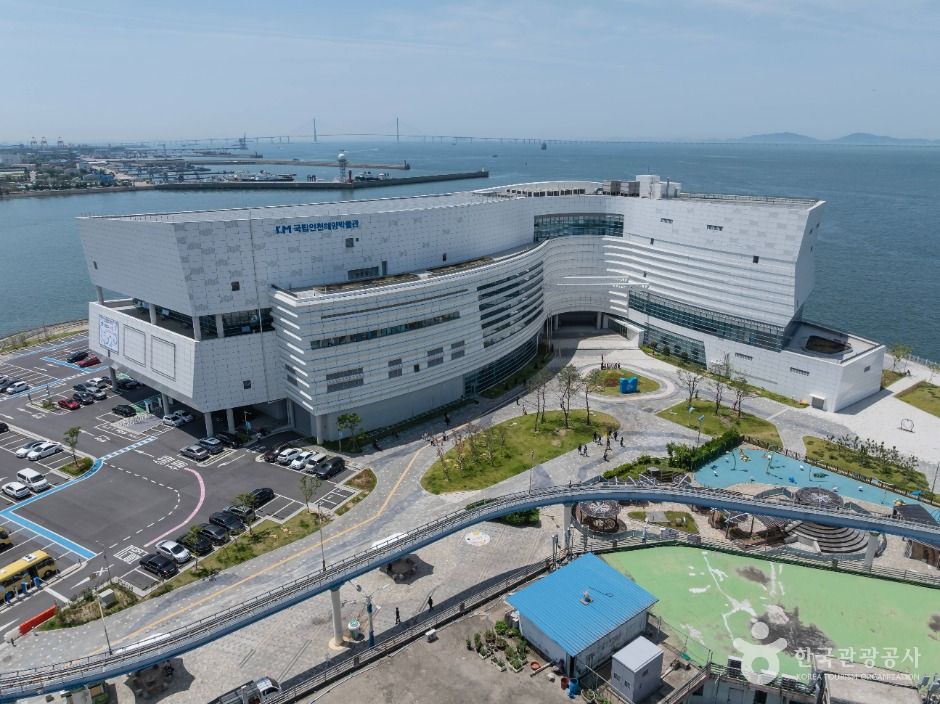
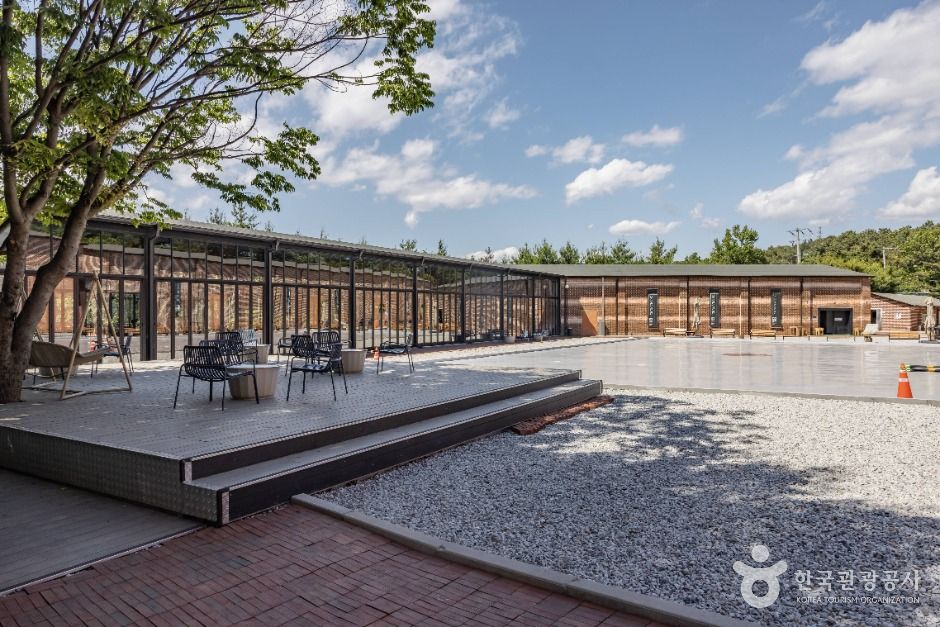

 English
English
 한국어
한국어 日本語
日本語 中文(简体)
中文(简体) Deutsch
Deutsch Français
Français Español
Español Русский
Русский